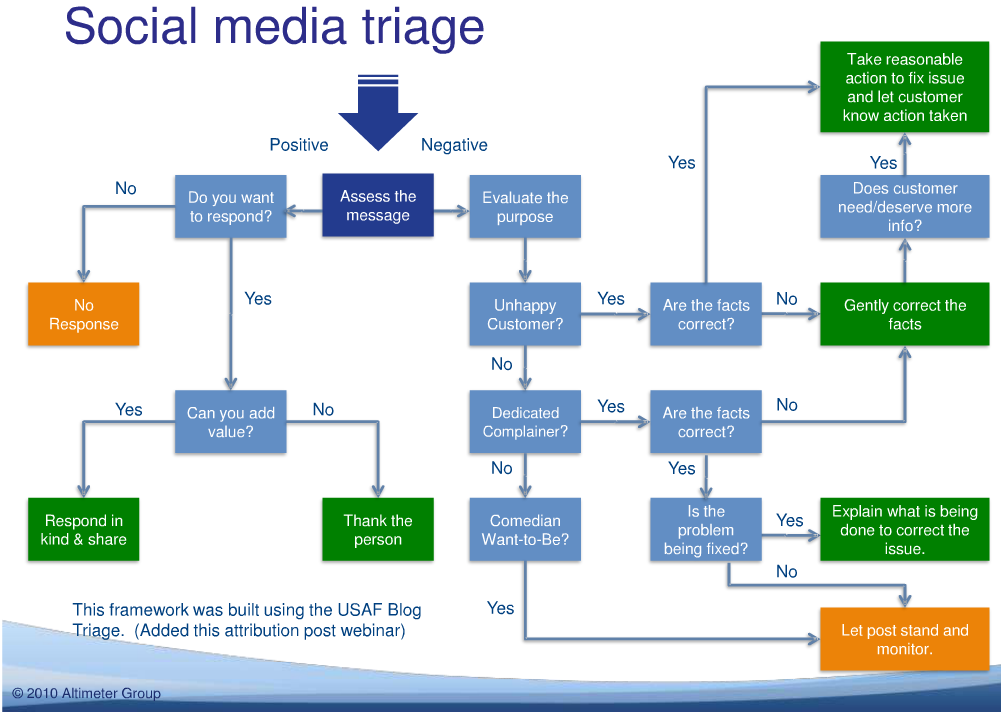According to The Radicati Group, a technology market research company, there are 196,300,000,000 worldwide emails sent and received every day this year. However, most of those emails are not attractive enough for the recipients to open them.
Studying human brain can actually helps marketers to launch effective marketing campaigns. Marketers should aim for the recipients’ emotions instead of their conscious mind as amygdala (part of the brain that controls emotions) reacts faster.
Compared to our conscious mind:
- Gut reactions jump (only) in 3 seconds or less
- Emotions process input 5x faster and last longer
Compared to texts:
- Brains process images 60,000x faster
- 90% of all data processed by our brains are visual
- We remember images better, especially human face
Other things include the way we use colors, since they trigger different meanings. For example, blue refers to trust. This is especially true for me, because blue also reflects calmness (if you are calm and feeling at ease that means you have trust in someone/something). Red color, on the other hand, increases your blood pressure, heart rate and appetite. This why quite a number of restaurants use red colors for their logos, tablecloths, and other things (Here is an additional infographic about logos and colors: http://www.entrepreneur.com/article/232401)
I think this is an insightful knowledge, for I can understand how people make decisions. As marketers, we want to understand customer behaviors (what they like, for example). The article mentions specifically only for email campaigns, but these findings, in my opinion, can be applied both in online and traditional campaigns. Even to designing restaurant or shop, for instance, marketers can use these as guidance.
By learning these things, marketers can design their campaigns so that people would be interested to act.











